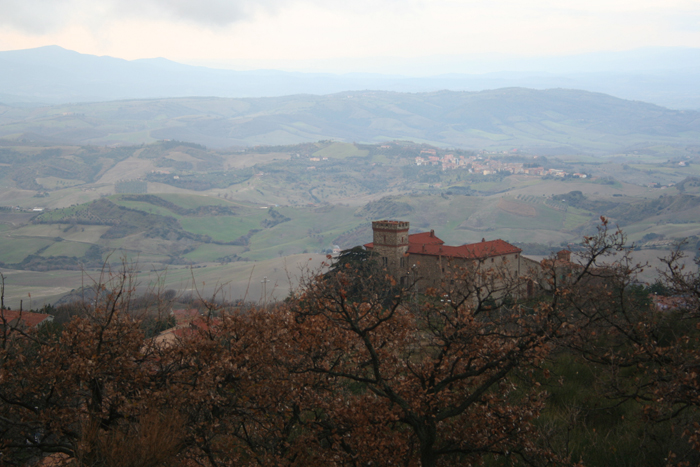| The castle complex of Castiglioncello Bandini was developed during the Middle Ages and was in possession of the family Aldobrandeschi. During the thirteenth century came under the control of local lords and was later sold to San Salvatore al Monte Amiata. In later times the castle became the property of the Piccolomini family of Siena-Bandini and underwent several operations for the amendment and restoration, particularly in the sixteenth century, and between the nineteenth and early twentieth when it was renovated in large part neomedievale style. The castle consists of an imposing building a plant that is upon squared to a rectangular tower and a circular tower, the walls are covered in stone. The tower in cross-section, which forms the core of the original settlement castellano, shows a typical shoe in crankcase culminating with a cordonatura. The remaining complex is the result of remakes made in the sixteenth century and between late and early twentieth century. In particular, the rectangular tower is inspired by stylistic elements neomedievali well recognized the mullioned windows that open and battlements summit. |

